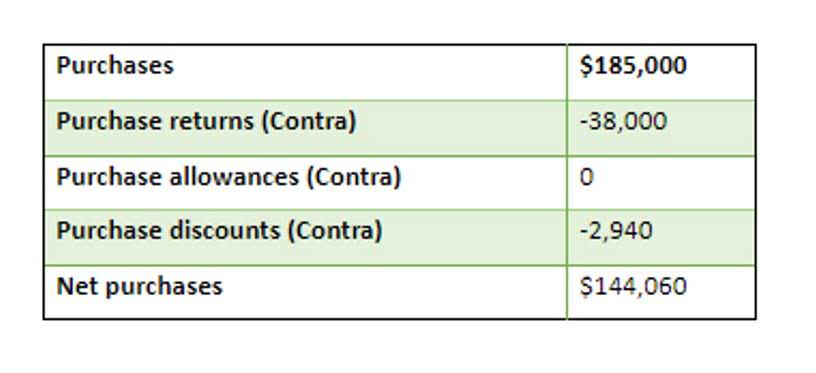What Is a C Corporation?

Tax on capital gains is a serious consideration when incorporating a business. By default, members of an LLC pay taxes as a share of personal income just as owners of a sole proprietorship or general partnership would—this is often referred to as a “pass-through” tax structure. An LLC can elect to be taxed as a C-corp or an S-corp if it meets certain requirements. Many small business owners choose LLCs for their simplicity and flexibility. To visualize this, suppose a corporation makes a profit of $100 in a year. Under the corporate income tax (21 percent), corporations would first pay $21 at the entity level, reducing their income to $79.

Entity size is the main distinguishing factor in separation of S corporation from C corporation businesses. Both may be comprised of officers, directors, and shareholders, yet there are limits strictly imposed on S corporations not part of the complex realm of C corporation ownership and taxation. SEC restriction of S corporations to 100 shareholders versus the unlimited share distribution guidelines for C corporations illustrates the structural limits of small businesses, and those set up for high profitability. C-corps are desirable because there’s no restriction on who can own shares. Other businesses and entities both in and outside the United States can hold ownership of a C-corp. C-corp shareholders are also afforded the full liability protections of any corporation.
How much of a difference does it make for a business to be taxed with corporate income taxes vs. personal income taxes?
After all, C corps are the most common type of corporate structure in the United States. The costs to file the articles of incorporation paperwork with the state where you form your C-corp vary by state as do the fees charged by attorneys―if you use them―to handle the process for you. In general, state filing fees for articles of incorporation range from $50 to $500.
Once approved, a C corporation must file a federal tax return for at least 5 years. C corporations remain official businesses in perpetuity, unless otherwise transferred, under U.S. law. Filing the articles of incorporation for a C corp can be more expensive than other business structures, and incur greater legal fees. They are also subject to greater regulatory scrutiny, which can increase the company’s legal expenses.
C Corporation (C corp)
So far in 2023, choiceful has appeared in 15 quarterly earnings calls for S&P 500 companies, according to a CNBC analysis of FactSet transcripts. That’s nearly double the usage last year, when it totaled nine mentions. In 2021, only the CEOs of Molson Coors and McCormick said “choiceful” when speaking to investors on their quarterly conference calls. An involuntary liquidation is triggered by the creditors of a corporation that has failed to pay its bills. If the situation cannot be resolved, it is followed by a filing for bankruptcy.
Both types of corporations have shareholders, directors and officers. Shareholders are 100 or less for an S corporation, so growth potential is restricted to a set number of investors, whereas the C corporate has a potentially infinite pool of investing shareholders to draw from. Election of a board of directors is required, regardless of the corporate structure adopted. The board oversees and authorizes corporation affairs, and are not responsible for the day-to-day operations of the organization. Formalities are similar, such as the adoption of bylaws, share issuance, annual director and shareholder meetings, annual report filings, and payment of annual state fees.
How Much Does It Cost To File a C Corp?
The board hires and oversees the senior management responsible for the corporation’s day-to-day activities. A C Corporation has the widest range of deductions and expenses allowed by the IRS, especially c-corporation meaning in the area of employee fringe benefits. A C Corporation can set up medical reimbursement and other employee benefits, and deduct the costs of running these programs, including all premiums paid.
The profits of a C corporation are effectively taxed twice, first when the company files its income taxes, and again when those profits are distributed as dividends. And, unlike an S corp, shareholders in a C corporation cannot deduct business losses on their tax returns. A corporation is a legal entity that is separate and distinct from its owners.
